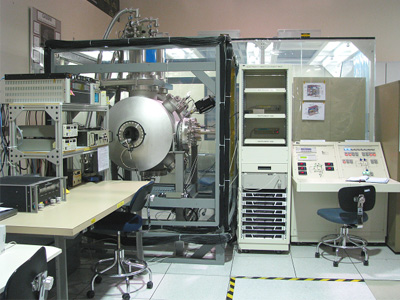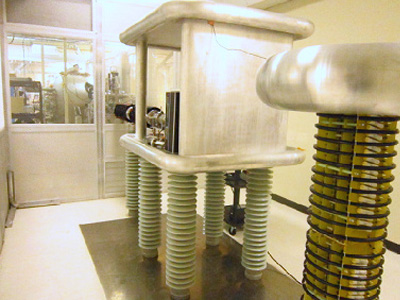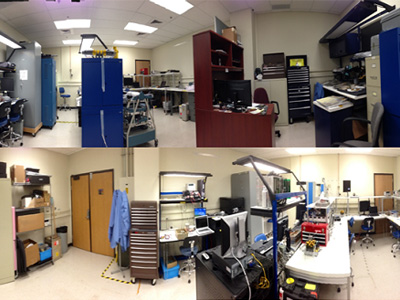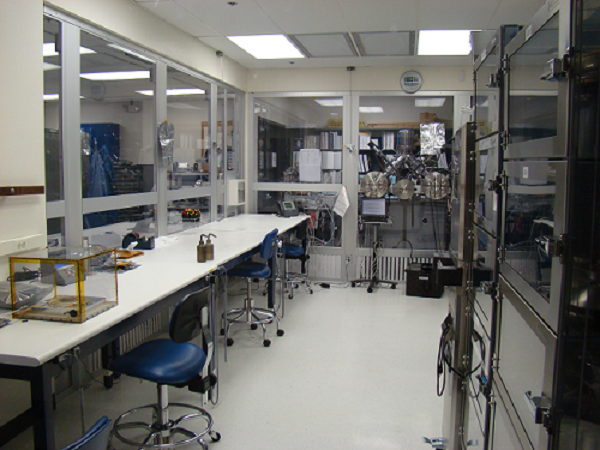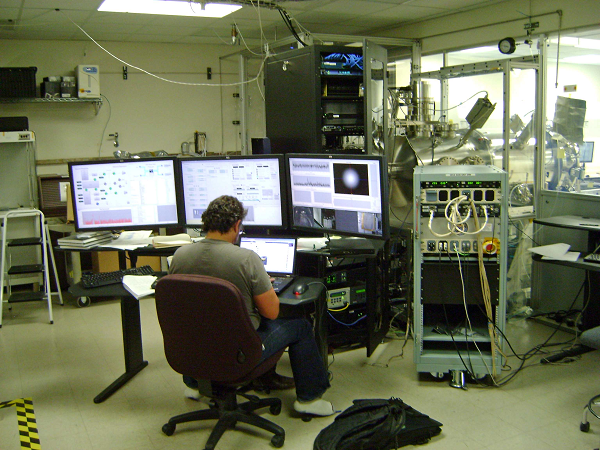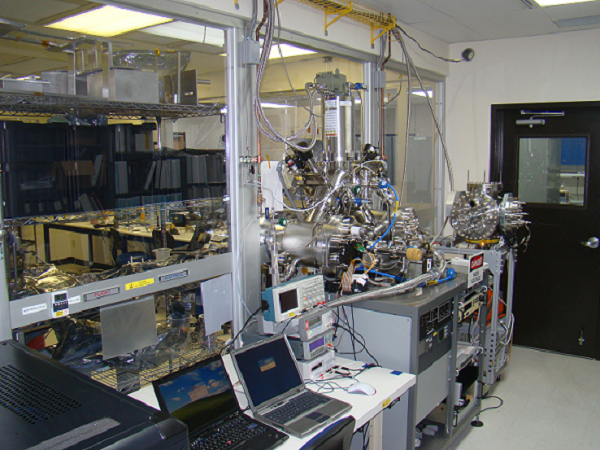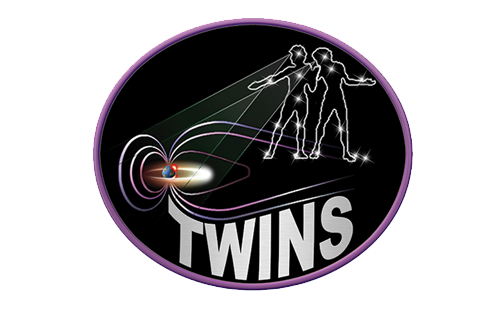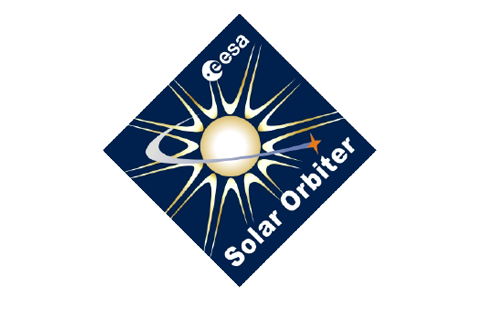Instrument Development and Calibration Lab – Electrons
Jessica Armstrong2023-05-25T20:16:56+00:00General Description Vacuum chamber dedicated to developing and calibrating electron sensors Smaller chamber and many feed-throughs allow a quicker pump down and greater flexibility Lab Capabilities 3 axis Helmholtz coil designed to simulate Jupiter's magnetic field (~8 G) Two electron guns with a dynamic range of 100 eV - 30 keV Pressure can go to ~10-10 Torr, chamber door opens to a class 10000 cleanroom 3 degree of freedom positioning system RGA, Webcams, pressure, temperature sensors, low energy gun, and coils are all computer controlled and monitored Quantar imager and Absolute Beam Monitor for beam characterization


